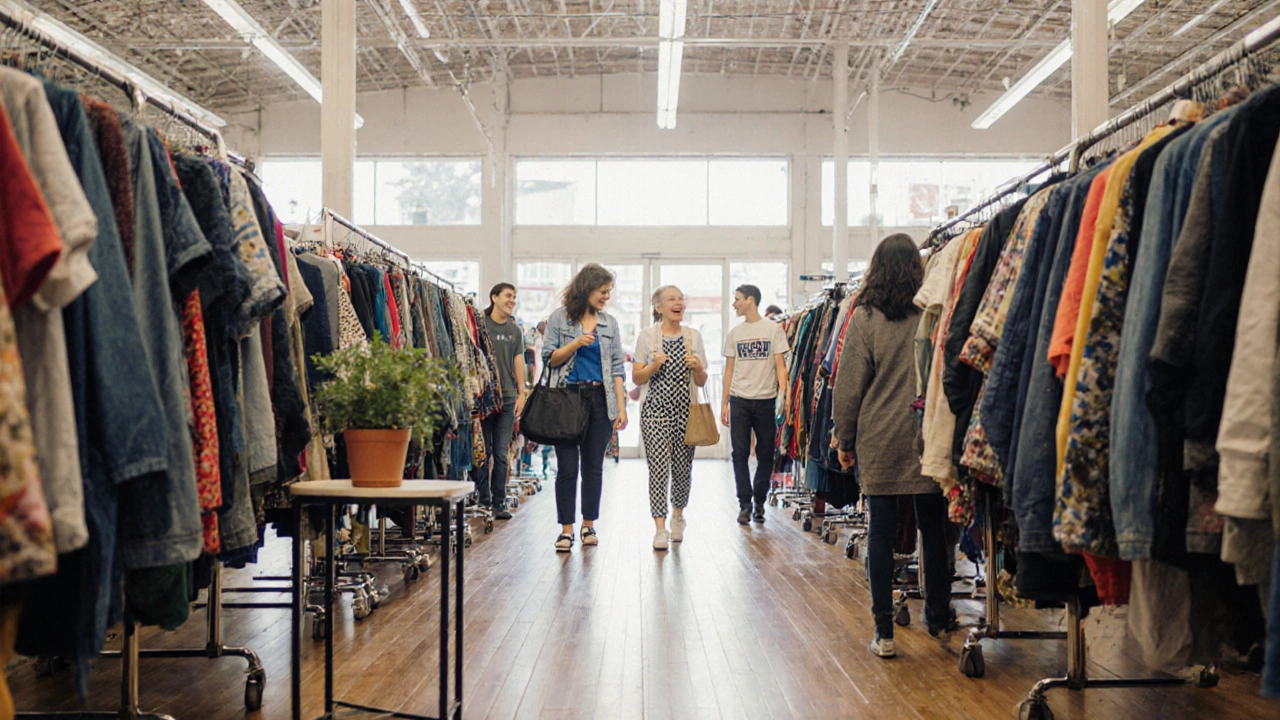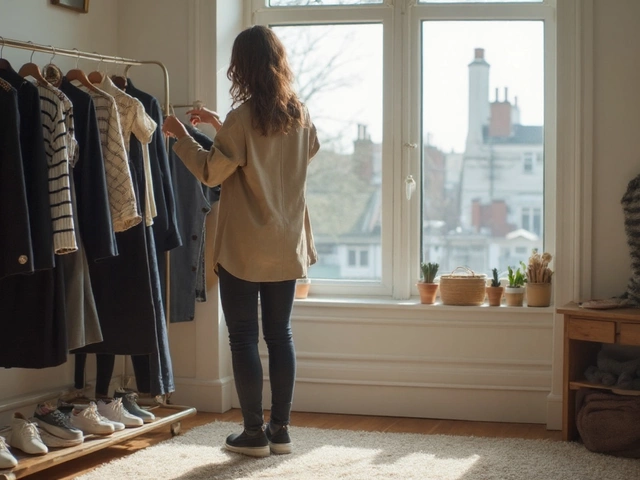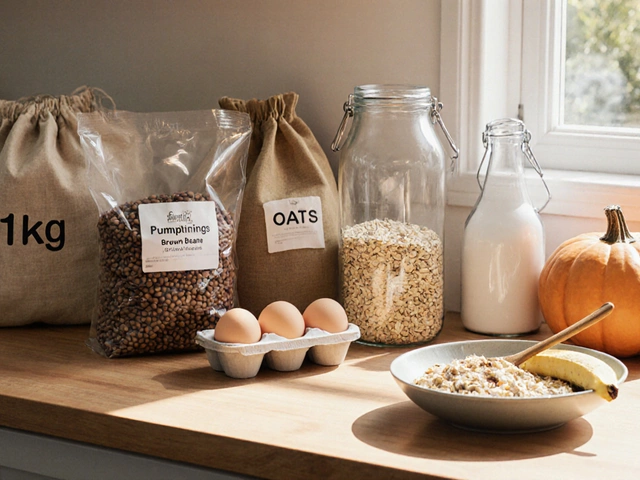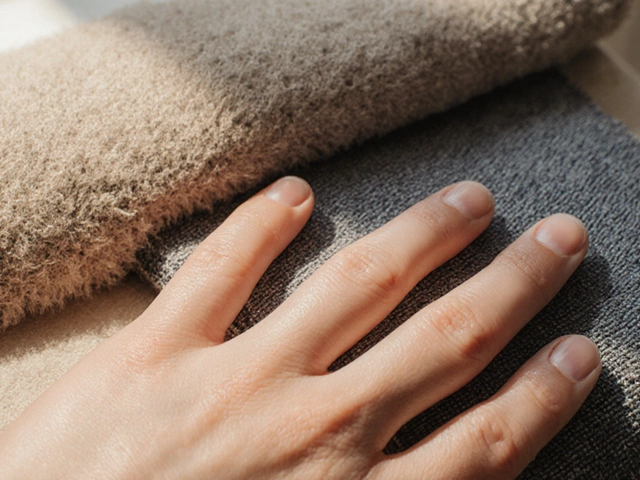Secondhand Fashion: Why Buying Used Clothes Is the Smartest Choice Today
When you buy secondhand fashion, clothing that’s been worn before and resold, often through thrift stores, online marketplaces, or consignment shops. Also known as used fashion or pre-loved clothing, it’s one of the most direct ways to fight fast fashion’s waste problem. This isn’t about wearing outdated styles—it’s about choosing smarter. Every year, millions of tons of clothing end up in landfills, mostly because brands produce too much and consumers treat clothes like disposable items. Secondhand fashion breaks that cycle.
It’s not just about saving money (though that’s a big part). Buying used means you’re giving a garment a second life instead of letting it rot. It reduces demand for new resources like water, cotton, and synthetic fibers, which take huge amounts of energy to produce. Plus, many secondhand pieces are higher quality than today’s mass-produced items—you’ll find real denim, solid stitching, and fabrics that last. And when you shop secondhand, you’re not just avoiding waste—you’re supporting local economies, small businesses, and circular systems that keep clothes moving instead of piling up.
Related concepts like sustainable fashion, a broader movement focused on reducing environmental and social harm in clothing production and ethical fashion, which emphasizes fair wages and safe working conditions often get mixed up with secondhand fashion. But they’re not the same. Sustainable fashion can include new clothes made from organic cotton or recycled materials. Ethical fashion might mean fair-trade certified factories. Secondhand fashion? It skips the production line entirely. No new resources used. No new emissions. Just a great coat, dress, or pair of jeans that someone else already loved.
And it’s not just for budget shoppers. People who care about style, uniqueness, and reducing their footprint are turning to secondhand stores like treasure hunts. You’ll find vintage pieces, designer labels, and hidden gems you won’t see on high street racks. It’s personal. It’s creative. It’s quiet rebellion against a system built on overconsumption.
Below, you’ll find real guides on how to spot truly sustainable brands, how to build a minimalist wardrobe with fewer but better pieces, and how to make your clothing choices match your values—not just your trends. Whether you’re new to thrift stores or you’ve been shopping secondhand for years, these articles give you the tools to do it better, smarter, and with more confidence.
Is Goodwill Actually Sustainable? A Deep Dive into Thrift Store Impact
Categories
RECENT POSTS
Is Traditional Home Decor Making a Comeback? Vintage Styles & Timeless Charm for Modern Homes
Is traditional home decor back in style? Explore how vintage charm, classic patterns, and timeless furniture are transforming modern interiors and winning hearts again.
How to Choose Your Outfit Style: Step-by-Step Guide to Finding Your Personal Look
Stop guessing your look. Use this clear, step-by-step guide to find your outfit style, build a small wardrobe that works, and shop smarter without stress.
How to Eat Less Than $20 a Week on Healthy Meals
Learn how to eat healthy, filling meals on under $20 a week using simple, affordable ingredients like beans, rice, eggs, and seasonal veggies. No junk food. No stress. Just real food that works.
Mastering Minimalism: The 20 20 Rule Explained with Tips for a Simplified Life
Discover the 20 20 rule in minimalism—what it means, how it works, and real-life tips for decluttering your space and embracing more freedom.
Healthiest Clothing: Best Fabrics for Skin & Wellness
Learn which fabrics are truly skin‑friendly, how to spot low‑toxin certifications, and care tips to keep your wardrobe healthy and sustainable.





